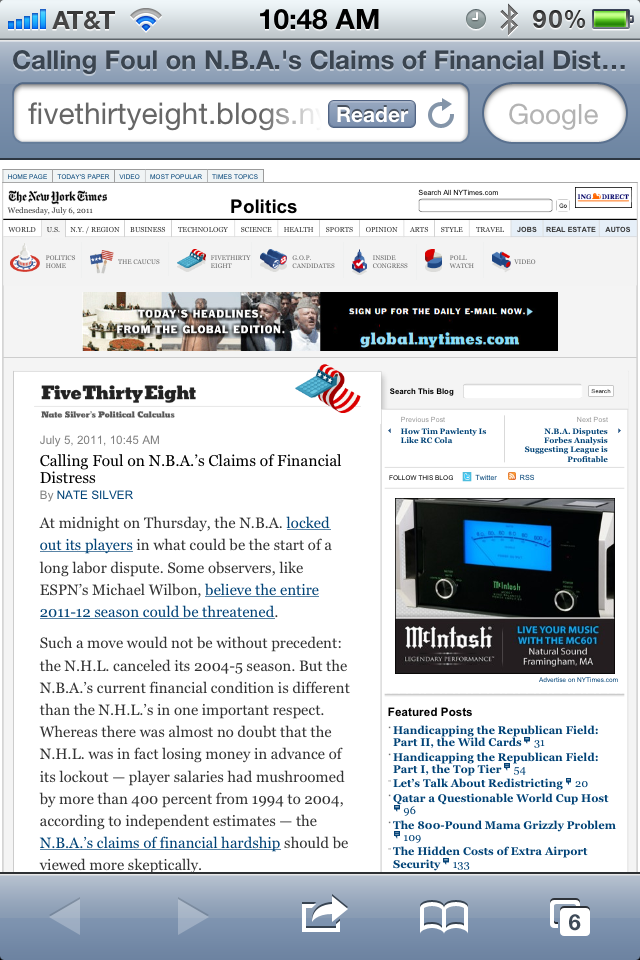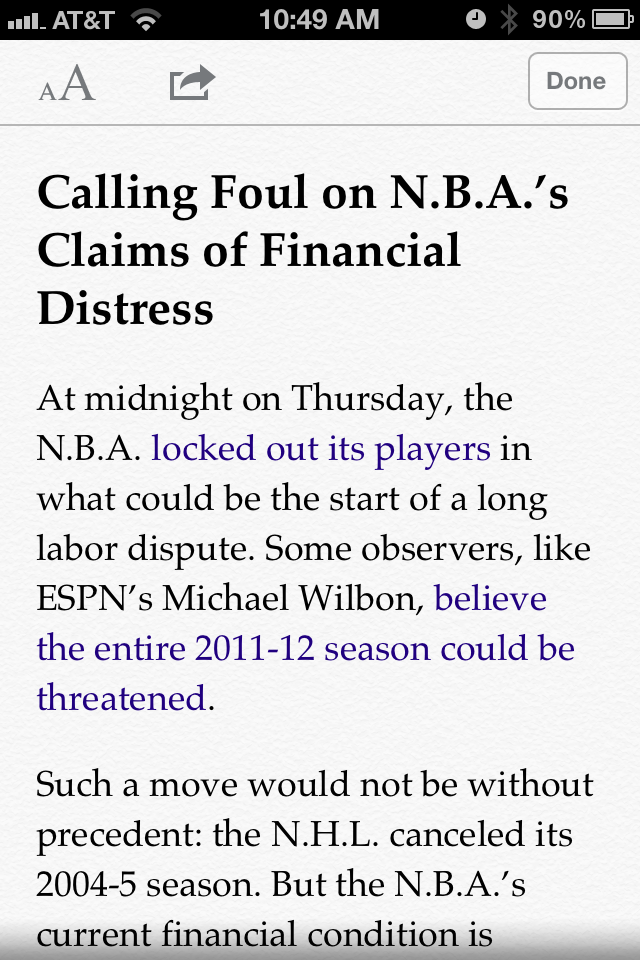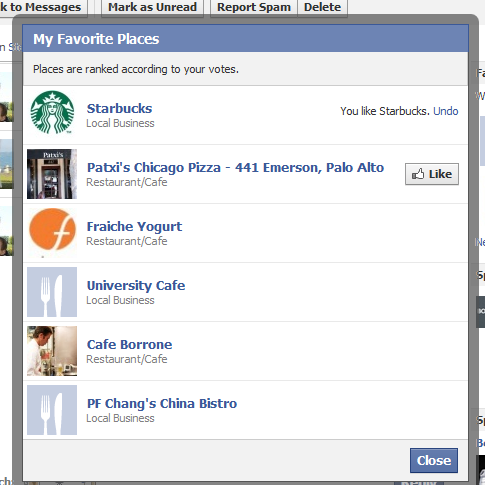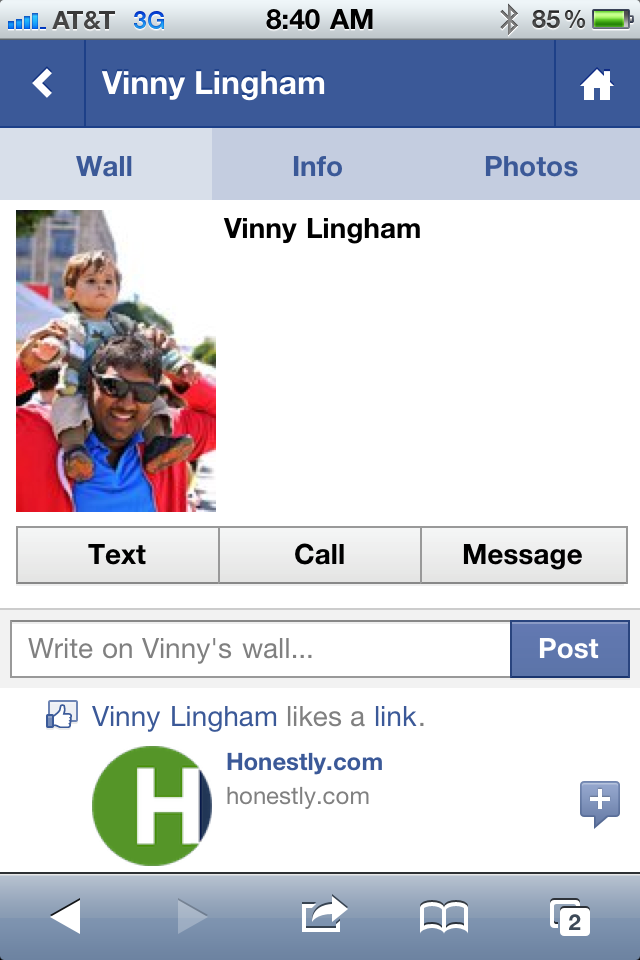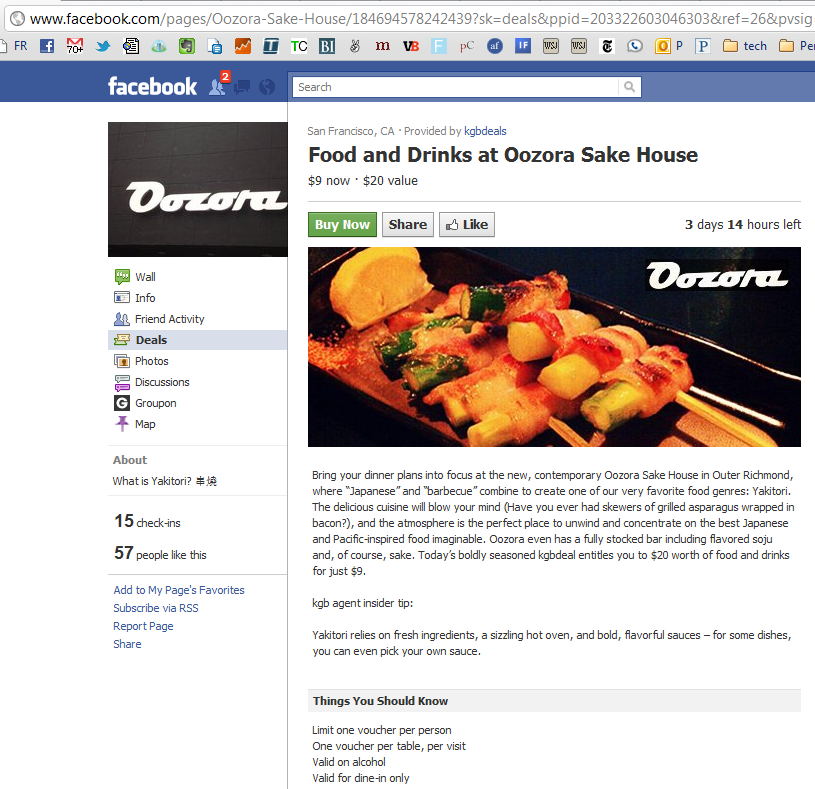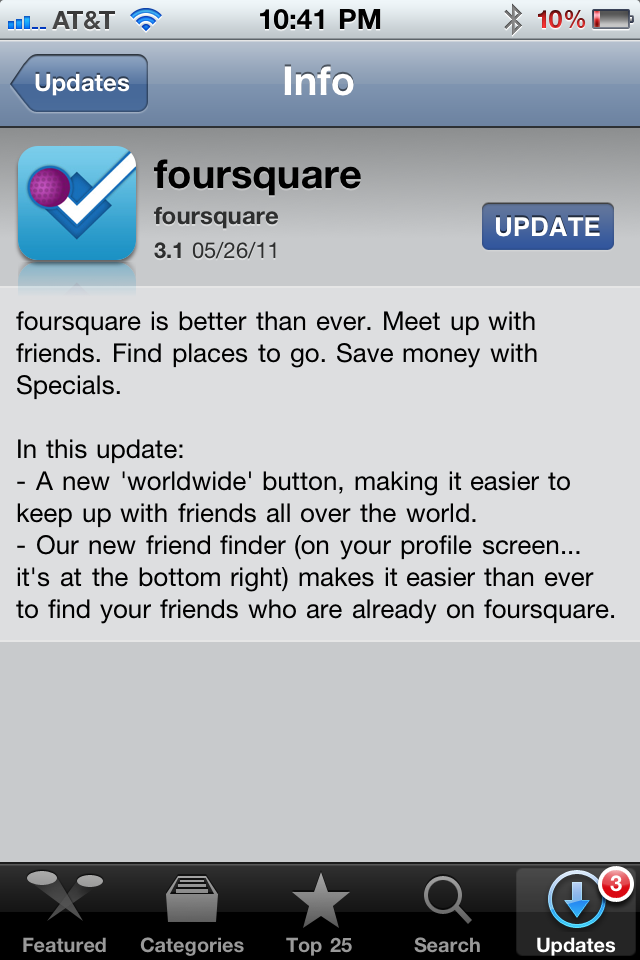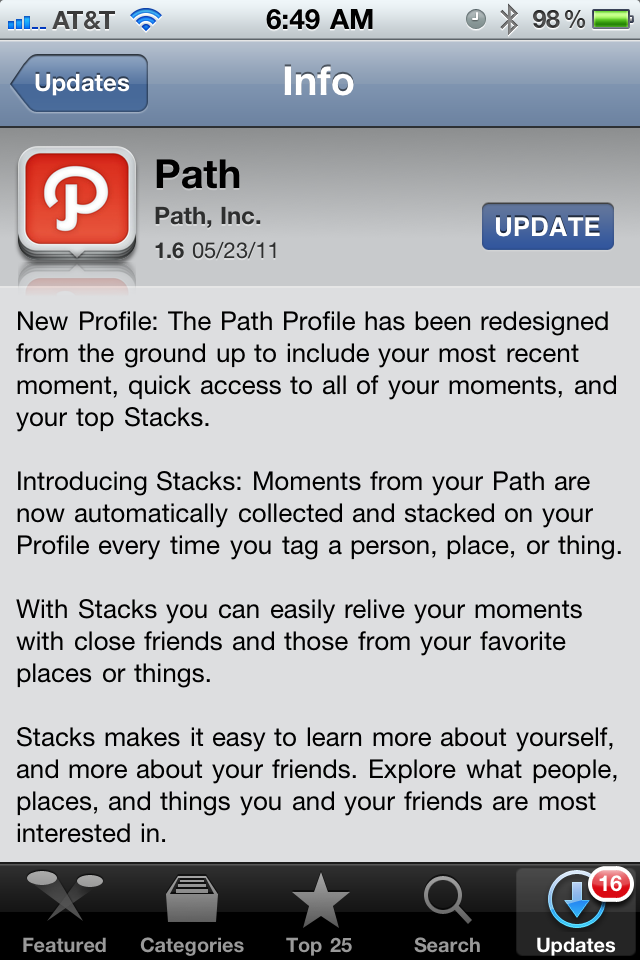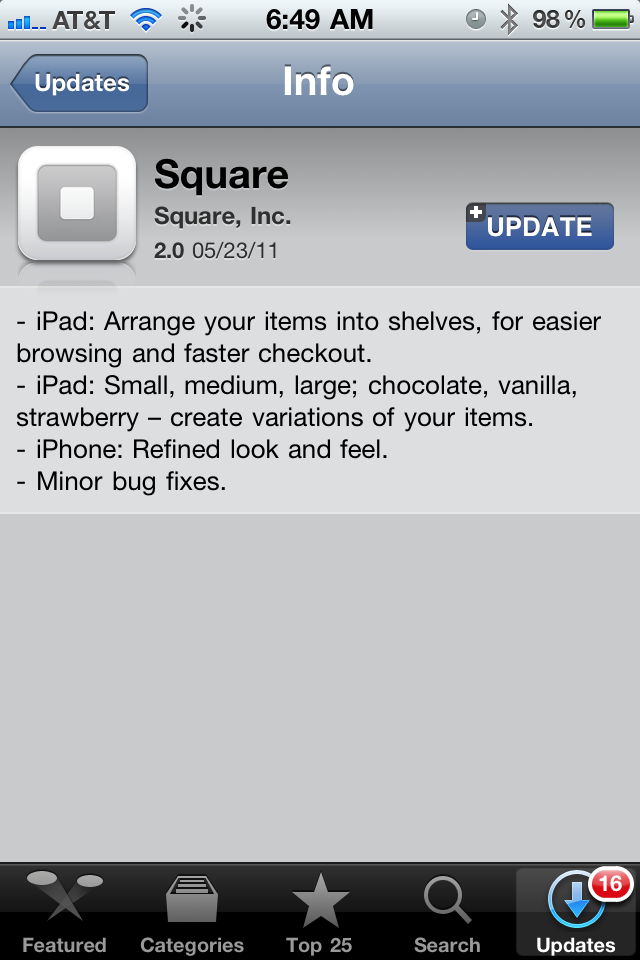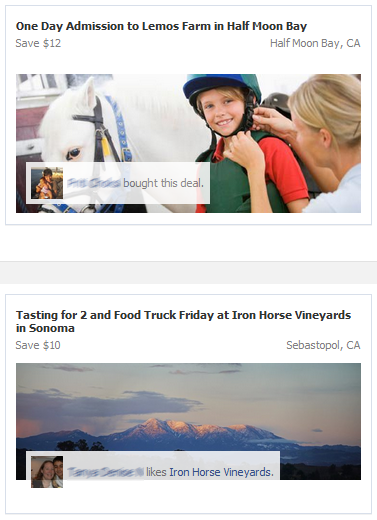Groupon, Rue La La, Gilt Group, etc have built big businesses atop big email lists and great email marketing.
Twitter has beefed up their email efforts by delivering notifications for retweets, mentions and favorites by your followers. It's a powerful engagement lever unlike anything else (except perhaps for mobile notifications).
And Facebook is masterful at sending targeted emails about core engagements / activities: mentions, photo tags (so important, viral and underrated), deals, etc.
And here is a new, more generic email notification from Facebook: an alert that a friend likes a link. This is a less engaged action, for instance, than a mention, reply, or photo tag... but it begs to be clicked because:
1. it is a friend who took an action upon one of your actions, and
2. the email is intentionally broadly worded ... not much is revealed - so you want to see more
Whatever the size of your email list, you should think about email as a critical lever for driving engagement around relevant notifications. Of course, flooding users with emails will have negative consequences - but in general, if your users are active, they want to be alerted of activities related to actions they already took. That is a confusing statement - but it's important! So let me repeat and dig in:
- if your user explicitly took an action - such as post a link, favorite an article, etc
- and something related to that action since occurred
- users want to be alerted because it is tied to *their* actions / behaviors
- this is very different, for instance, than getting product updates from the service...
This is the different between marketing emails and activity emails... and users have a limited tolerance for marketing



